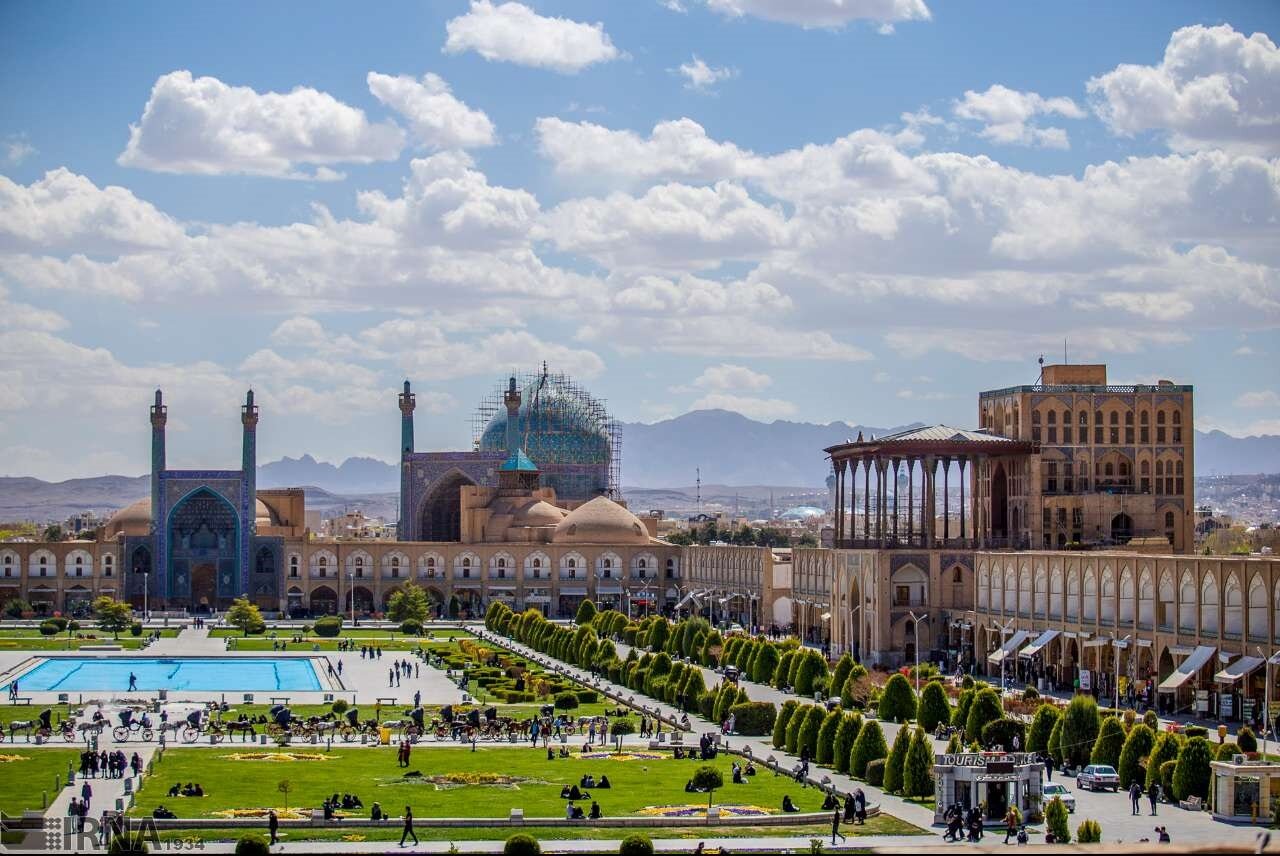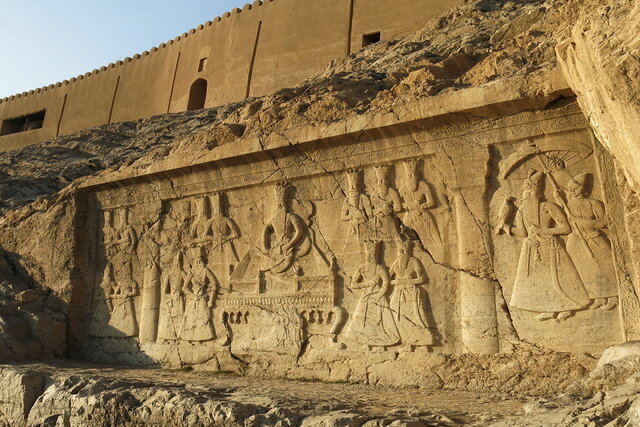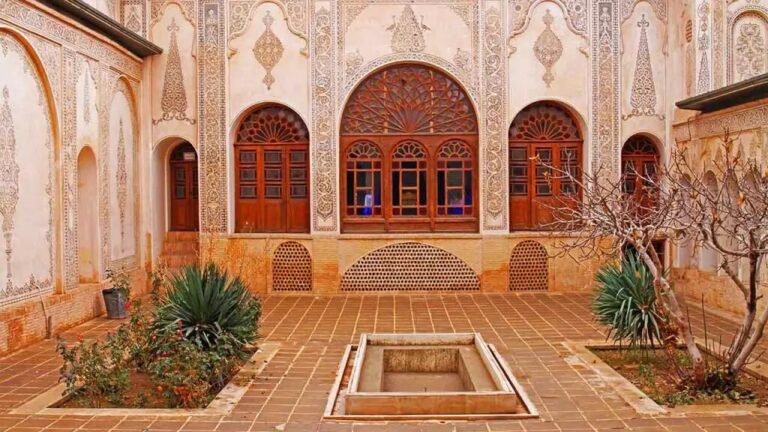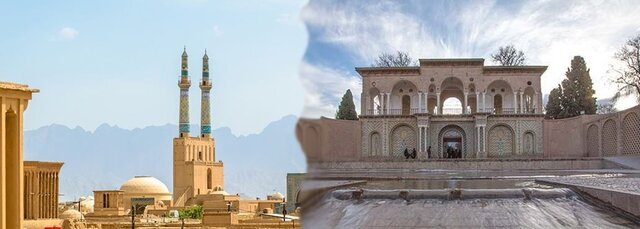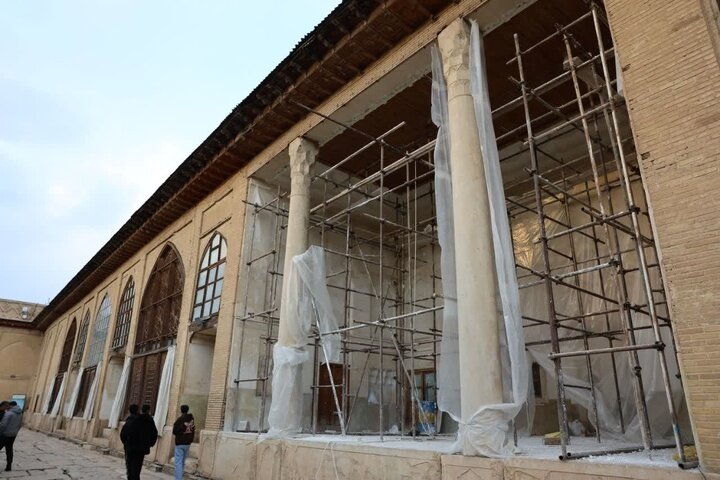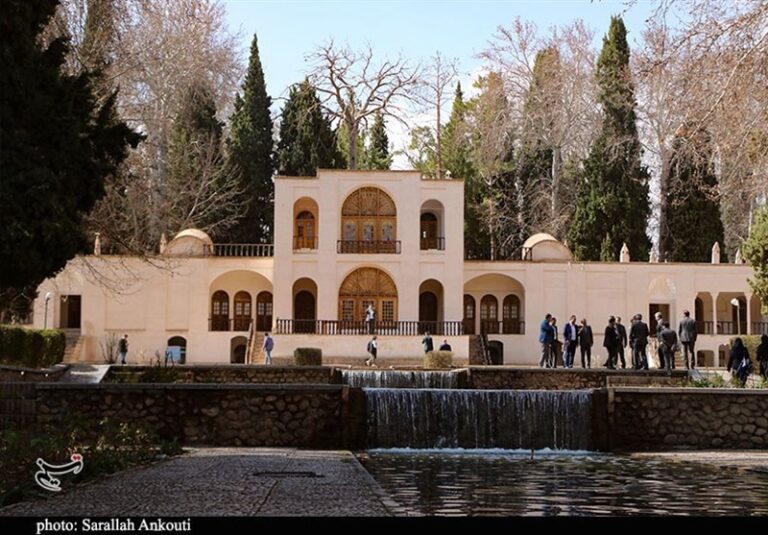UNESCO Heritage at Risk: New Study Investigates Subsidence Threats to Isfahan’s Iconic Square
In response to growing concerns about land subsidence, authorities in Isfahan are launching a comprehensive study at the UNESCO-listed Naqsh-e Jahan Square. This project aims to safeguard some of Iran’s most cherished architectural heritage from potential threats. As experts warn of alarming subsidence rates, the need for timely intervention has never been more critical.
According to Amir Karamzadeh, the Director General of Isfahan’s Cultural Heritage, Tourism and Handicrafts Department, a 20-billion-rial (approximately $22,000) research contract has been signed. This funding will help monitor and evaluate the extent of land subsidence at the historic site.
Naqsh-e Jahan Square is not only one of the largest squares globally but also a significant cultural landmark, housing several 17th-century Safavid-era monuments. These include:
- Imam Mosque (originally named the Shah Mosque)
- Sheikh Lotfollah Mosque
- Ali Qapu Palace
Karamzadeh stated, “This study aims to propose solutions to mitigate the impacts of land subsidence on Naqsh-e Jahan and surrounding monuments.” He emphasized that the issue extends beyond the square, impacting other historic structures in Isfahan.
Regular monitoring of subsidence effects is also being conducted on major heritage landmarks such as:
- Jameh Abbasi Mosque
- Sheikh Lotfollah Mosque
- Ali Qapu Palace
Recent data from Iran’s Geological Survey reveals that Isfahan is experiencing land subsidence at an alarming average rate of 15 to 18 centimeters per year, according to reports from IRNA. Experts attribute this crisis primarily to:
- Over-extraction of groundwater in the Borkhar Plain
- Chronic water shortages
- Insufficient river flow from the Zayandehrud river
Karamzadeh confirmed that special sessions have been convened with national authorities, including:
- The Minister of Cultural Heritage
- The head of Iran’s Planning and Budget Organization
- The National Disaster Management Organization
These discussions aim to emphasize the urgency of the potential threat and secure dedicated funding for preventative measures. “A national approach is essential,” Karamzadeh asserted, adding that funding proposals are currently under review by both the provincial crisis management office and the Ministry of Cultural Heritage. These proposals aim to address damage caused by subsidence.
Environmental experts continue to raise alarms regarding excessive groundwater withdrawal and the obstruction of water flow from the historical Zayandehrud river, both of which pose significant threats to Isfahan. This ancient city, which serves as the provincial capital, is strategically located at the crossroads of Iran’s north-south and east-west trade routes. It flourished between the 9th and 18th centuries and became the capital of Iran during the Safavid era under Shah Abbas the Great.
Isfahan has a rich history as a hub for international trade and diplomacy in Iran and remains one of the country’s top tourist destinations. The city is renowned for its:
- Outstanding Islamic architecture
- Bazaars
- Museums
- Pergolas and Persian gardens
- Tree-lined boulevards
Exploring Isfahan is a unique experience, inviting visitors to wander through its winding bazaars, relax in its stunning gardens, and engage with its welcoming people. The Persian proverb “Isfahan nesf-e-jahan ast” (Isfahan is half the world) aptly reflects the city’s cultural and historical significance.
As Isfahan navigates these pressing challenges, the commitment to preserving its architectural and cultural heritage remains a priority for both local and national authorities. The outcome of this comprehensive study could be a turning point in protecting Isfahan’s invaluable treasures for future generations.
